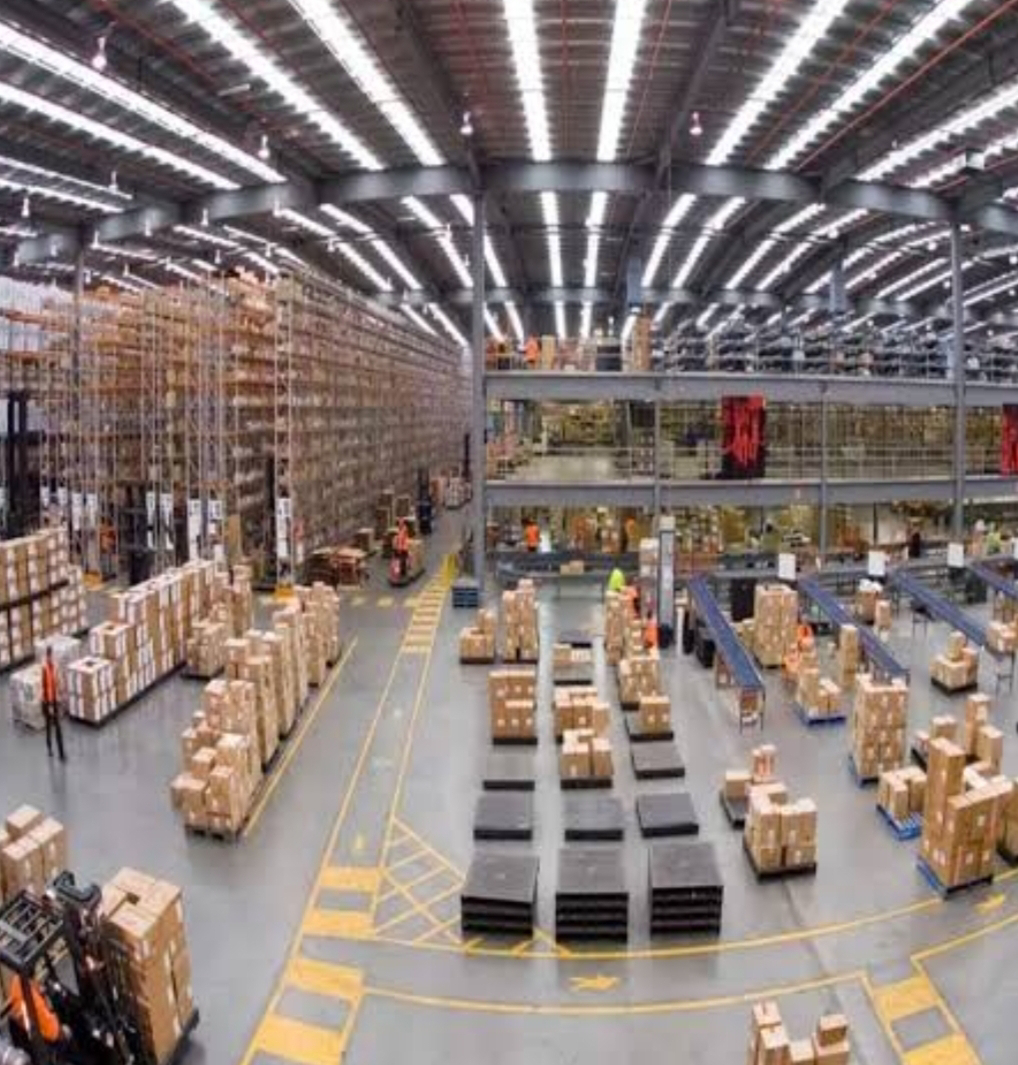The Red Sea is one of the world's super critical trade routes, connecting continents through the Suez Canal. The transit accounts for more than 13 per cent of global trade and 40 per cent of Asia-Europe trade. However, this route has been under severe pressure amid Houthi attacks. Major shipping lines are now avoiding the route, forcing ships to reroute to Africa's Cape of Good Hope, which has increased shipping time by 12 to 14 days.
Impact on the shipping liner industry
The Red Sea crisis has had a paradoxical effect on the liner shipping industry. Profits are boosted despite increasing costs due to disruptions. Reduced capacity has led to higher freight rates, helping the company's bottom lines. Maersk, for example, indicated that Red Sea closures could drive higher earnings.
Impact on global oil trade
Oil & Gas shipments have been under pressure all along the Red Sea route. Till last year, around 6.0 million barrels of crude oil and petroleum products transit through the route daily. This number has been reduced by 50%, severely impacting Europe's energy supply.
The market has seen constant price fluctuations. Insurance costs have also ballooned, rising to as high as 2 per cent, adding millions of dollars in expenses per voyage. Cargo insurance rates have also skyrocketed, making the Suez Canal route financially unviable for many shipping lanes.
Impact on consumers & climate
Global importers have absorbed rising costs so far, but prolonged instability could fuel inflation. European businesses, heavily reliant on Red Sea trade, face delays and higher shipping costs. Rising costs of essentials are already reshaping consumer preferences. Continued Red Sea attacks can deepen this crisis.
Climate costs are also mounting amid rising tensions. Rerouted ships travelling up to 60 per cent farther are burning more fuel. Carbon emissions have also increased by an estimated 40 per cent voyage.
With no immediate solution in sight, Global shipping continues to navigate uncertainty in the Red Sea.




